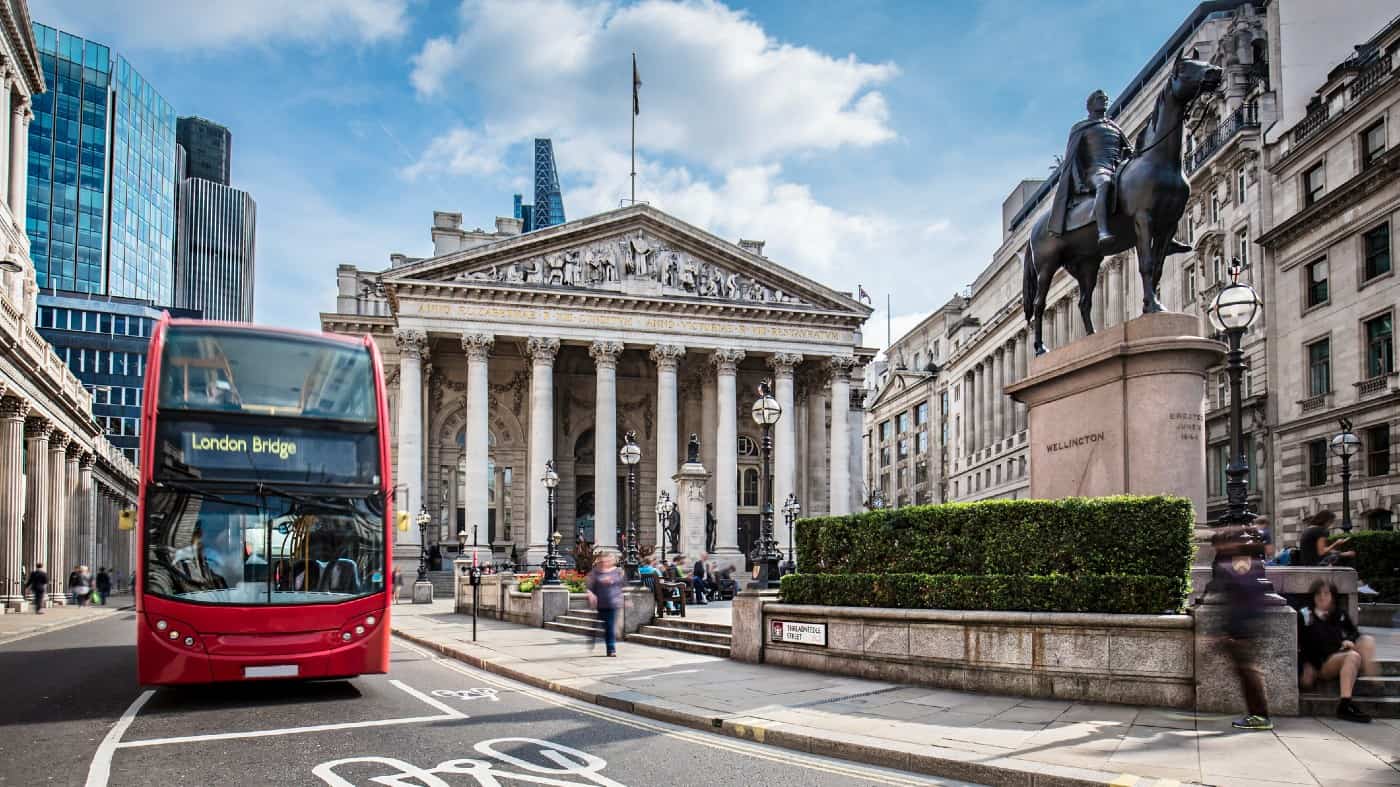In the last few months, the Barclays share price (LSE: BARC) has come under significant pressure. It is now trading at a 30% discount from a few months ago. As an existing shareholder, I have been looking for an opportunity to add to my position for the best part of two years. Possessing a rock-solid balance sheet, together with a leading international brand, could now be the time to be greedy when others are fearful?
Expensive clerical error
One of the prime reasons why the share price has fallen recently is a clerical error in one of its retail structured products. Without getting too technical, these are basically pre-packaged investment products based on an underlying derivative. In this instance, the derivative related to the Vix volatility gauge and crude oil prices.
Such products are heavily regulated in the US. And there are strict rules that require an issuer to register the amount they intend to issue. Unfortunately, Barclays has breached these requirements. It has now been ordered to pay the excess back at the original purchase price.
As a result of an estimated loss of £450m, it has decided to delay its share buyback. This is significant, given that 60% of total shareholder returns had been earmarked in this way. It will also almost certainly affect its Q1 figures due to be released in two weeks.
Reasons to buy
The predominant reason for buying Barclays shares today, is rising interest rates. The bank estimates that an upward move of just 25 basis points (bps) in rates, would increase net interest income by £525m within three years. I expect rates to rise a lot higher than just a quarter of a percent.
Secondly, Barclays is not just a traditional bank. Beyond retail banking, it operates a thriving payment cards business. It is also the sixth largest investment bank in the world and the largest outside of the US. This highly diversified business model, enables different parts of the business to take up the slack throughout different phases of the economic cycle.
Major risks
As a cyclical business, the biggest risk to its share price is unsurprisingly wider economic factors. Today, with an unfolding cost of living crisis hitting consumer confidence and squeezing spending power, a recession could be just around the corner.
A second risk is cost-related. Its cost-to-income ratio remains stubbornly high at 66%. Although its aim is to bring that down to below 60%, no timeframe when it expects to achieve this is provided.
Further, challenger banks (the so-called Fintechs) continue to chip away at lucrative parts of the value chain, particularly payments. Barclays still has a significant (if dwindling) presence on the high-street. To compete with nimble competitors, it will need to invest heavily in digital transformation to upgrade its technology stack. That could result in costs remaining stubbornly high for some time.
On balance, I believe that Barclays has the edge over its FTSE-listed rivals. If the share price continues to weaken, I will consider adding to my position in anticipation of a new, expansionary, phase in the business cycle.







